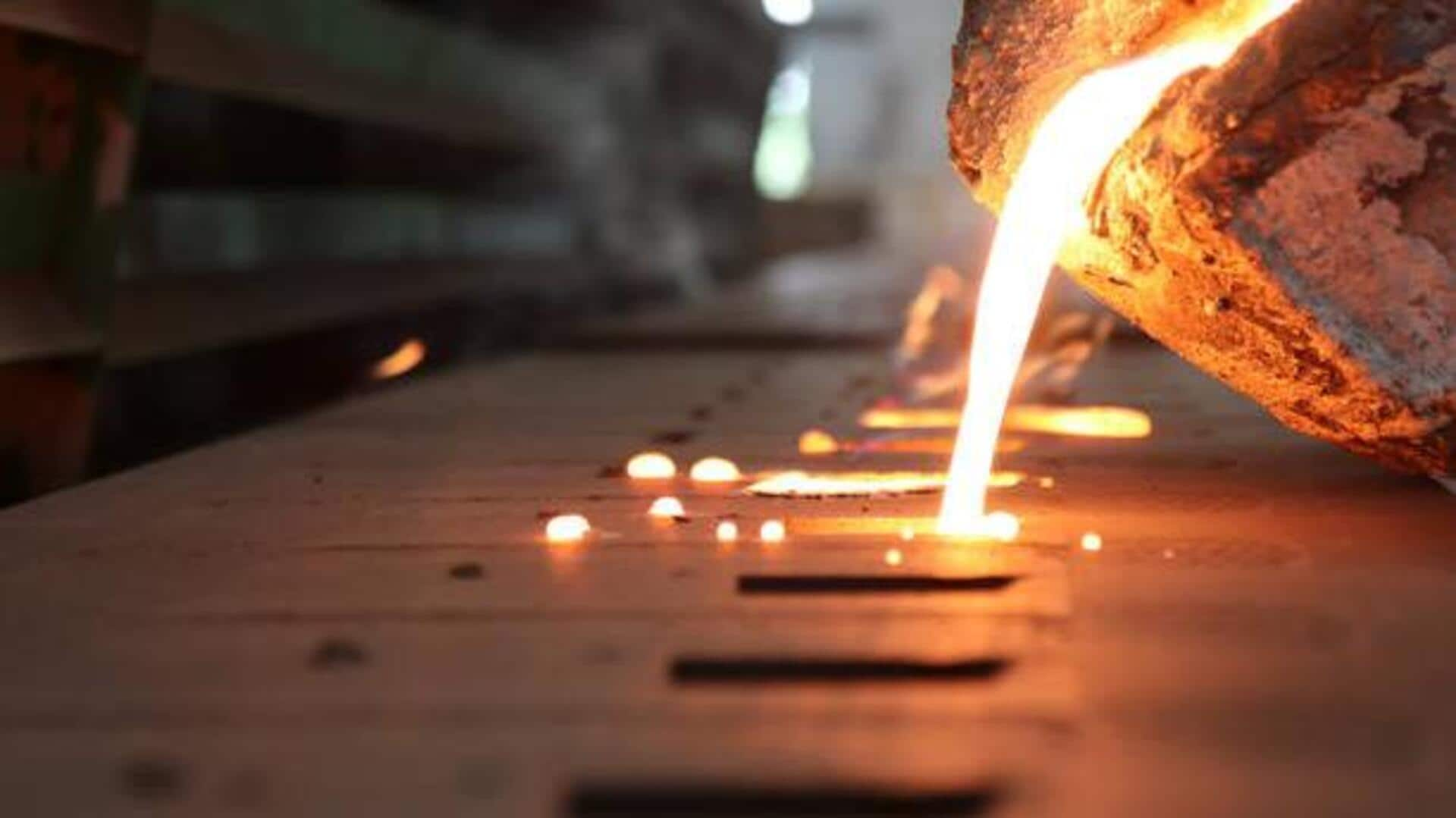
Metalwork: Craftsmanship, significance, and legacy
What's the story
African metalwork stands as a testament to the continent's rich cultural heritage and craftsmanship. This centuries-old art form showcases the skillful manipulation of metals like iron, bronze, and gold. From these materials, intricate sculptures, tools, and jewelry of cultural significance are produced. The techniques of African metalwork have been preserved through generations, keeping traditions alive while incorporating modern influences.
Ironworking
Ancient ironworking techniques
Ironworking has been at the heart of African metalwork for thousands of years. Early blacksmiths honed techniques to extract iron out of ore using clay furnaces. These artisans manufactured tools and weapons critical for daily life and defense. The process involved heating iron to a malleable stage to shape it using hammers on anvils. This technique continues to be crucial in many communities today.
Bronze casting
Bronze casting methods
Another important component of African metalwork is bronze casting, especially in West Africa. The lost-wax casting technique consists of making a wax model covered with clay or plaster, and melting the wax away to create a mold for molten bronze. This method enables intricate designs and has been employed to produce statues, plaques, and ceremonial items representing social standing or historical events.
Goldsmithing
Goldsmithing traditions
Across Africa, gold is extremely valuable for its rarity and beauty. Goldsmiths use various techniques such as hammering, engraving, and filigree work, to create intricate jewelry pieces. These are worn on special occasions or as symbols of wealth. In Ghana's Ashanti kingdom, for instance, gold ornaments are an integral part of traditional ceremonies.
Cultural significance
Cultural significance of metal artifacts
Metal artifacts do more than serve functional purposes, they are an integral part of cultural narratives across Africa. Masks made from metals are often used in rituals representing spirits or ancestors, while musical instruments crafted out of metals accompany dances during festivals celebrating harvests or rites of passage ceremonies marking important life stages within communities across the continent's diverse cultures.